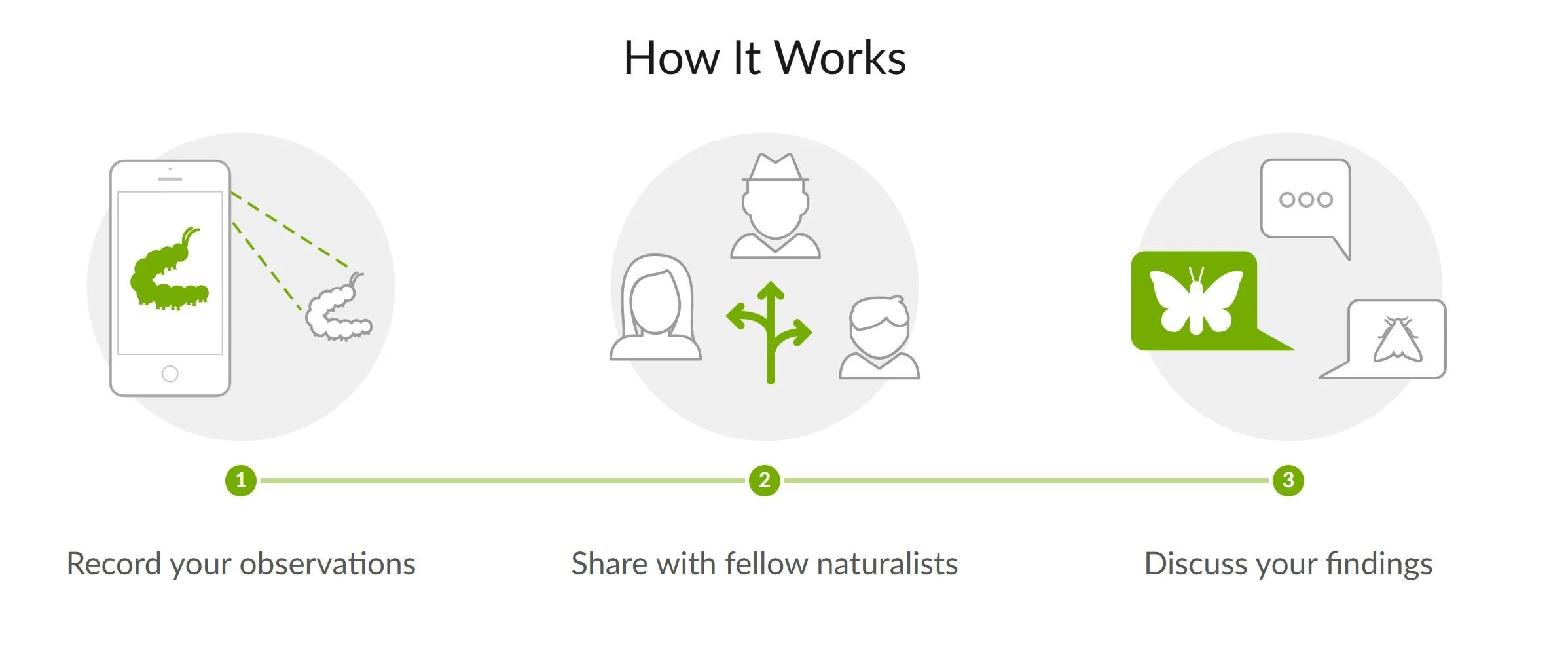So You Got Milkweed Seeds, Now What?
Western bumble bee sipping nectar from milkweed flowers. Photo: Sierra Hastings.
Congrats on your milkweed seeds! Let’s take a look at how to help them thrive and how you can take action for Utah’s pollinators. Milkweed is the only food that monarch caterpillars can eat, so planting healthy, native milkweed is a great way to help sustain populations of monarch butterflies. Milkweed flowers also provide valuable nectar for other visiting pollinators - from moths to bumble bees to wasps. Be sure to plant a variety of native floral resources for the adult butterflies as well!
Planting Your Milkweed
The seed packets you received contain seeds for one of the above milkweed, and each of them is slightly different in their habitat requirements. All of these seeds will require cold stratification; this means the seeds will need about 30 days of sustained cold temperatures before they germinate.
When planting directly outdoors, milkweed seeds can be sown during the fall and will go through this process naturally during the winter and begin sprouting in spring! If you’re sowing seeds in the spring, you can replicate these conditions by wrapping seeds in a damp paper towel, putting them into a ziploc bag, and storing them in the fridge for about 30 days before planting. Note: be sure to keep your garden and milkweed pesticide free to ensure monarch caterpillars survive to adulthood!
Help us share more seeds with pollinator enthusiasts! Consider making a donation to sustain our conservation work for monarch butterflies and other wildlife.
Janice snapping a picture of a monarch butterfly to add into iNaturalist. Photo: Sierra Hastings.
How Else Can You Help Pollinators?
In addition to creating habitat by planting native milkweed seeds, scientists need your help to document native pollinators throughout the state! You and your friends and family can make a huge difference for pollinator conservation by simply downloading an app and recording sightings of bumble bees or monarchs.
iNaturalist is a community-driven database where anyone can submit photos of organisms (anything from butterflies, to flowers, to fungi and more!) and have their photos identified by community experts. Scientists are also able to use this data to understand more about where different species occur.
Download iNaturalist - for iOS - for Android
Graphic by iNaturalist
Volunteer With Sageland Collaborative
Connect with other pollinator enthusiasts or join us for an in-person event!
Learn more about our Utah Pollinator Pursuit project
Check out our events calendar for events like Pollinator Pride Party, Bug Club, or Pollinator Planting Days
Or get involved in monarch conservation efforts by another great organization: Friends of Monarchs
Article by Frances Cabrera Ngo
Photos by Sierra Hastings










